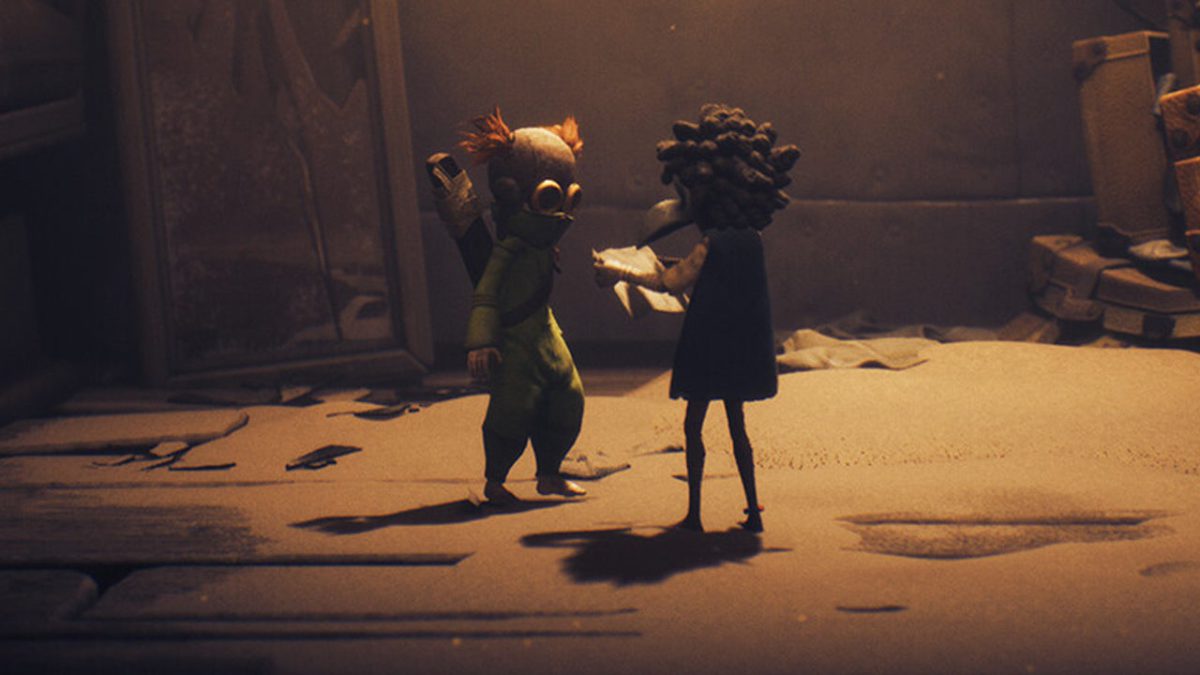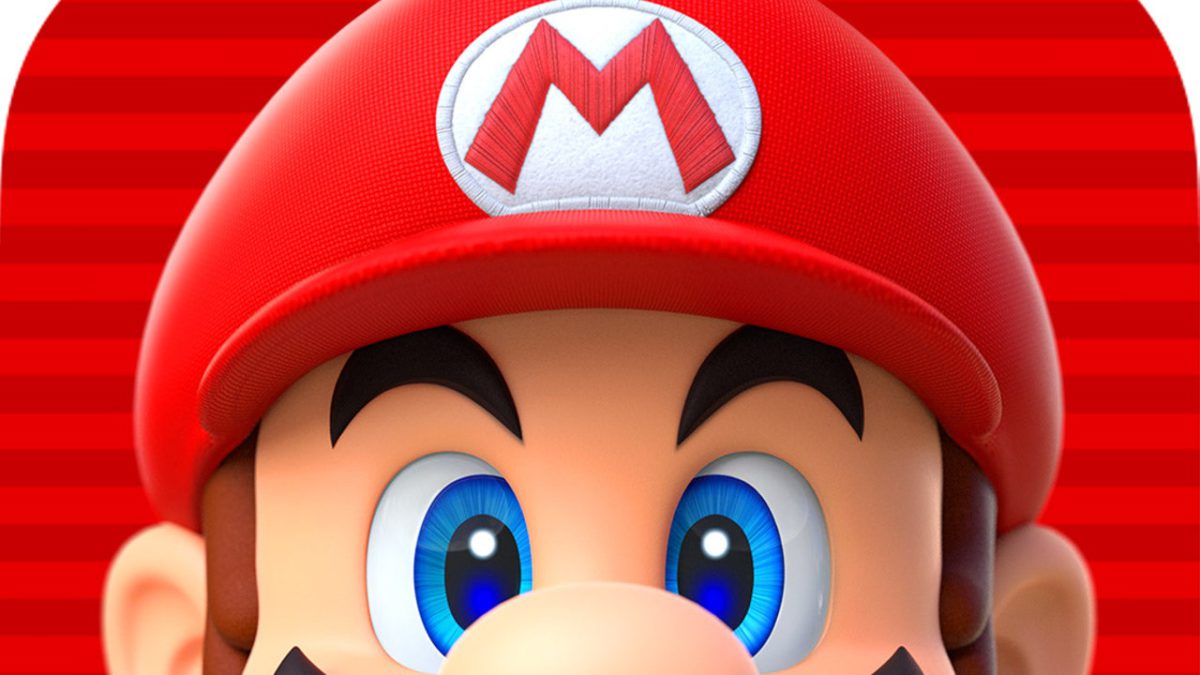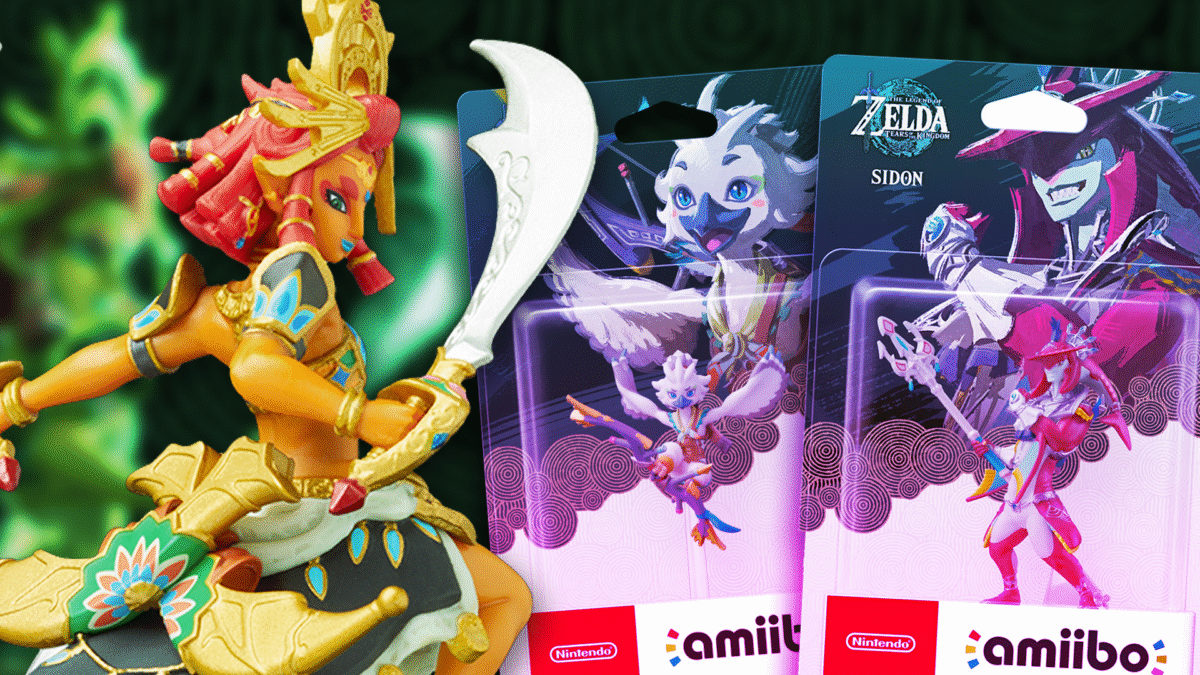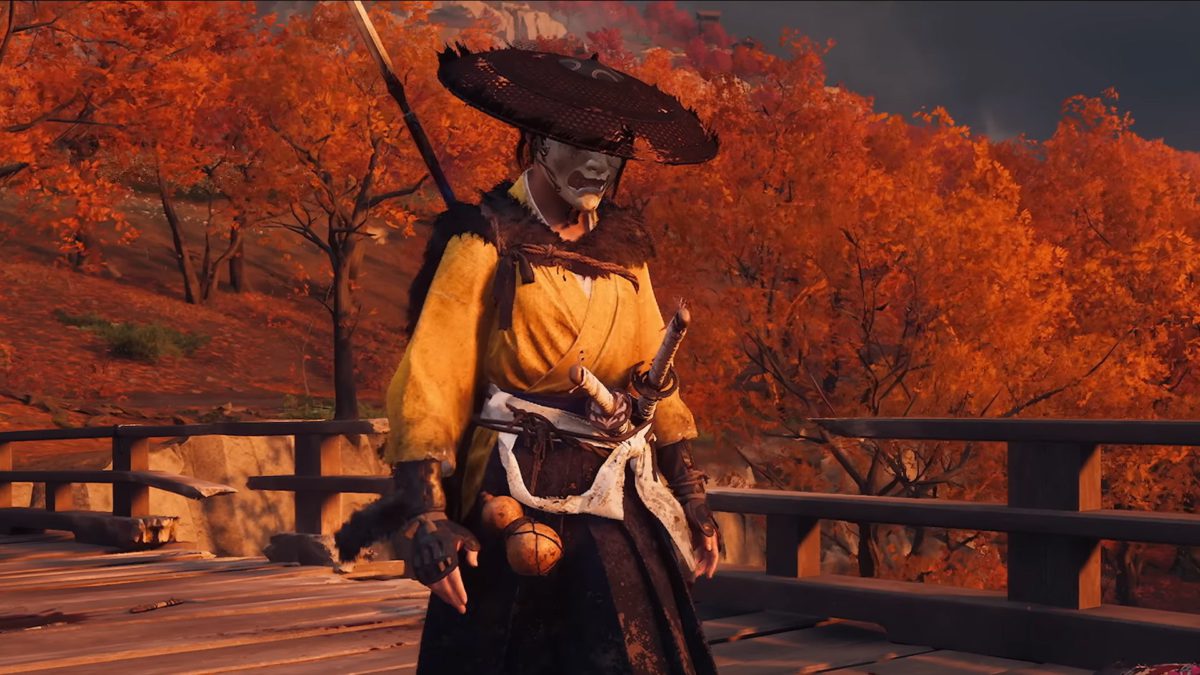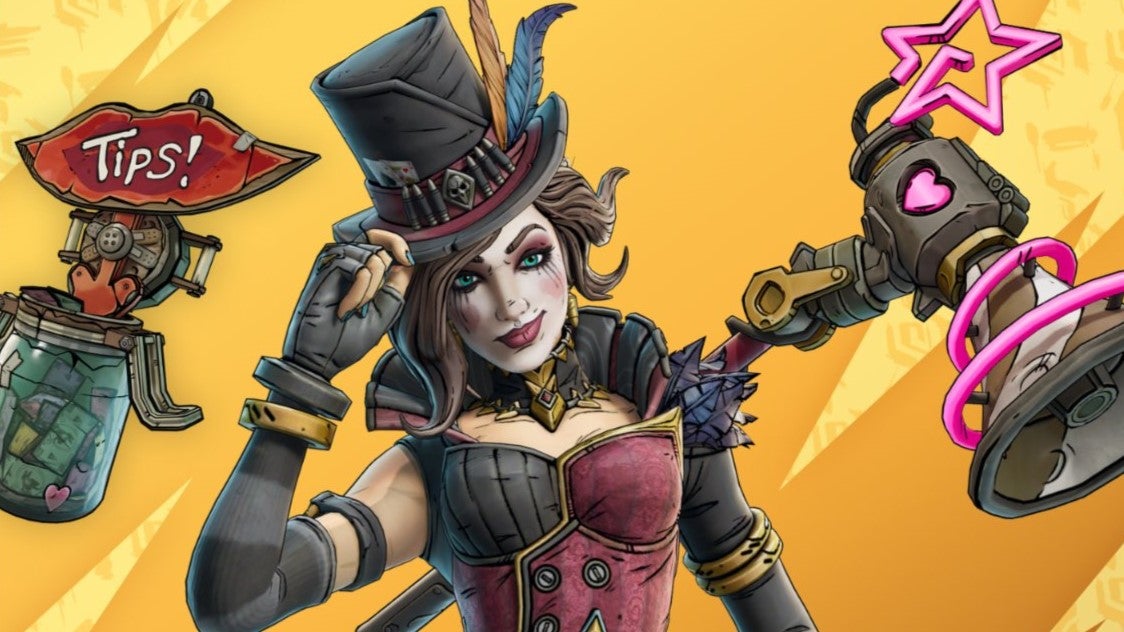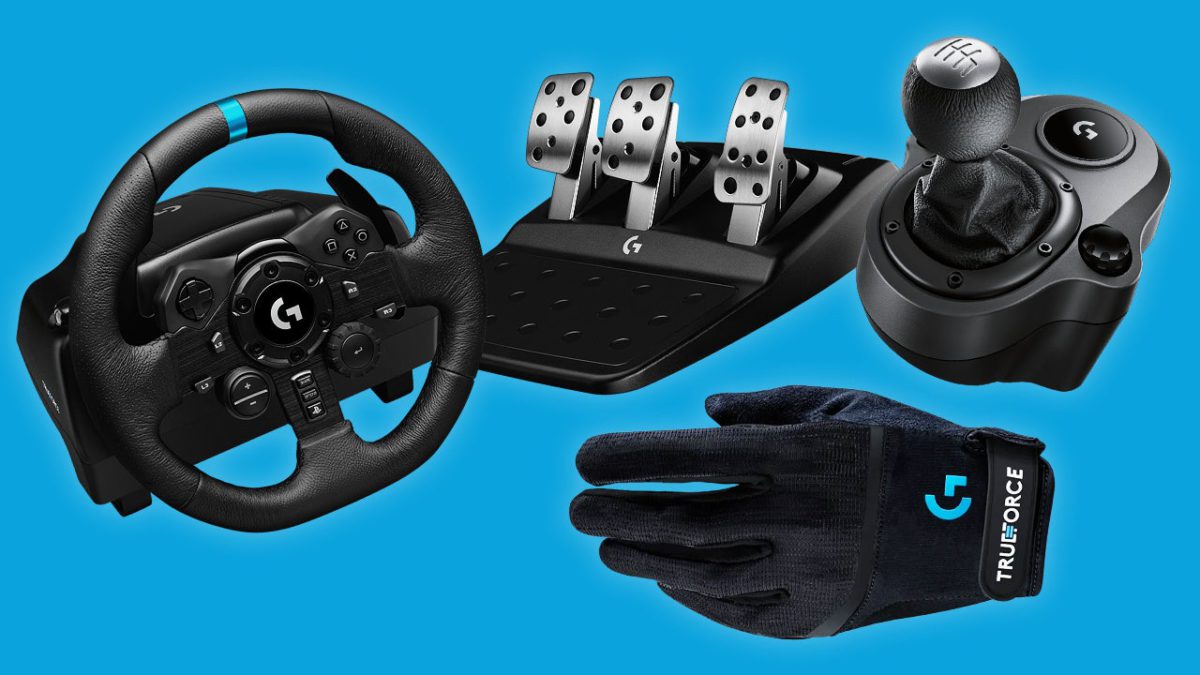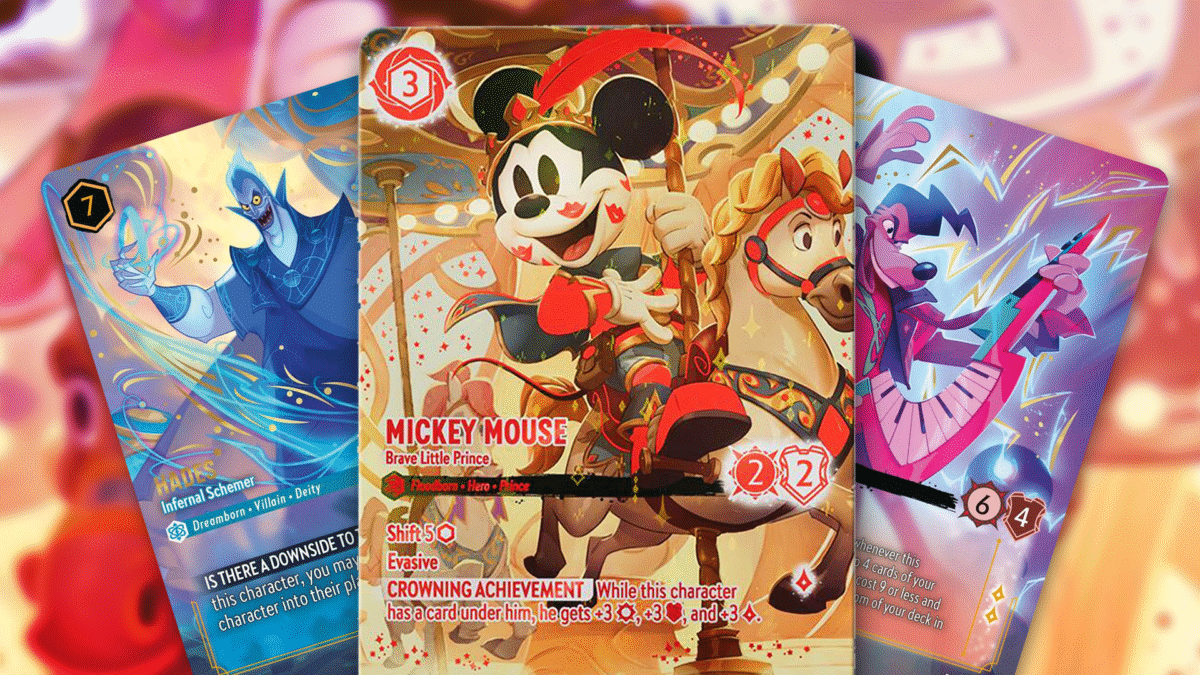
“After 50, 70, 100 hours, you need something a bit unique,” says Simon Arsenault, content director for Assassin’s Creed Shadows expansion Claws of Awaji at Ubisoft Bordeaux. And it’s true to say that — despite much of the upcoming add-on feeling familiar — Awaji still contains just enough distinct moments that the portion of its additional 10 hours we’ve now played felt fresh enough, rather than only offering more of the same.
Ubisoft is keen to showcase more of these distinct moments individually, and also keep some surprises back for players at launch, when the expansion arrives next week on September 16. But for now, IGN is able to highlight a cool Metal Gear Solid-inspired boss fight that doubles down on the series’ focus on stealth, and is a highlight of the expansion’s first half.
Set in an atmospheric arena deep within Awaji’s dense forest, players are tasked with repeatedly tracking down Awaki, one of the expansion’s four main villains. Awaki is a master of stealth and disguise, and near-indistinguishable from a set of straw decoys also spread around the area. To counter her, you’ll have to scuttle, sneak and crawl while staying out of sight, or risk getting sniped from long range by Awaki, who’s equipped with a teppo rifle.
Every time you’re discovered, or mistakenly attack a decoy, Awaki changes her position — forcing you to start your hunt afresh. The only clues you’re given are an ability to focus in on her voice whenever she taunts you, affording you a sense of direction, and the ability to use Naoe’s Eagle Vision when in very close range, in order to confirm your suspicions.
It’s a relatively elaborate set-piece and something quite unlike anything else in Assassin’s Creed — though stealth genre fans will find it somewhat similar to showdowns seen elsewhere. Indeed, while on a tour of Bordeaux’s studio, developers acknowledged to IGN that the mission was inspired by Metal Gear Solid 3’s The Fear fight, as well Dishonored, and Snake’s MGS5 showdown with Quiet.
The fight also plays into Awaji’s more isolated island setting , and the darker, creepier atmosphere the expansion hopes to differentiate itself with. “We really liked the idea of an island region, with natural boundaries all around, it’s compact, there’s a seclusion we like, something where you’re a bit isoloted,” Arsenault notes. “It brings increased tension to the experience, increased danger. As soon as we added a new faction in there, it’s their world. As players you’re coming into their land. You’re not in control anymore, not as much.”
Awaji’s quartet of antagonists embody much of that tension, and always seem one step ahead of Naoe and Yasuke as they search for answers regarding the former’s mother, and hunt for Shadows’ final mystery box macguffin. Standing in their way are Kimura Yukari, the daughter of a Templar Yasuke previously killed, her bodyguard Imagawa Tomeji, their spymaster Yasuhira, and lastly Nowaki — she’s the cloaked character in a horned mask, above.
Most of these characters look set to have their own unique boss encounter, and it’s these — alongside smaller tweaks to Shadows’ main gameplay, the expansion’s new weapon (the Bo staff), and a smattering of extra skills and abilities for existing play styles that Arsenault is hoping will keep players further entertained.
“It’s not as much countering it, it’s more kind of spinning it,” he tells me, when I ask about disrupting player expectations. “So you’re expecting something and it doesn’t behave the same way.” I mention to him how, when going hands-on with the expansion, I sent out scouts to determine a mission’s location as usual — only to discover a new gameplay system in Awaji where doing so alerts the local populace, making them antagonistic when you arrive. It’s a new trade-off to using an existing system, and something Arsenault hopes will give veteran players something else to consider.
“What should I do? Should I find a new strategy? Should I avoid sending scouts or should I send them somewhere else? That’s what’s interesting with it,” he continued. “You take something that has been learned and has become kind of a routine and you just add a small twist. And we did that with a lot of systems. You’re used to civilians [needing help], or merchants, but now some can attack you — that didn’t happen.”
For much more on the expansion’s story, IGN sat down with Arsenault for an in-depth discussion detailing how Claws of Awaji picks up from Assassin’s Creed Shadows’ finale and, finally, answers the game’s two major narrative threads — even as various story elements shifted during development.
Tom Phillips is IGN’s News Editor. You can reach Tom at tom_phillips@ign.com or find him on Bluesky @tomphillipseg.bsky.social


